The reference media reported on December 26 that foreign media said that the Arab League headed by Saudi Arabia issued a notice on December 19th acknowledging that cluster bombs were used "limitedly" in the northwestern part of Yemen.
According to a report by the EFE on December 19, Amnesty International issued a notice accusing the Arab League of using such weapons. In response to Amnesty International, the League of Arab States said in its announcement that it had confirmed through investigations that it had used British-made BL-755 cluster bombs for the "military targets" of the rebels in Yemen.
The League also stated that the purpose of using cluster bombs is to defend the Saudi border, not to attack civilian settlements.
At the same time, the alliance also stressed in the announcement that Saudi Arabia and other Arab League members have not signed the Convention on the Prohibition of Cluster Bombs. The use of such weapons is not in violation of international law.
On June 29 this year, Amnesty International and Human Rights Watch accused the Arab League of deliberately bombing hotels and using cluster bombs in Yemen.
The above two non-governmental organizations also pointed out that the United States and the United Kingdom should be responsible for providing weapons and aid to Saudi Arabia during the war.
In March 2015, the Arab League began to intervene in Yemen to assist Yemeni President Abdullah Mansour Hadi to fight Hussein. The outside world believes that this move has led to an escalation of the Yemen conflict.
Despite the continuous efforts of the international community and the repeated calls by countries to stop the war, the prospects for peace in Yemen are still very slim.
On December 12 this year, UNICEF stopped fighting again and warned that nearly 2.2 million children in Yemen were severely malnourished and in urgent need of treatment.
According to United Nations data, nearly 7,000 people have died and 3 million people have been forced to flee their homes since the air strikes in Yemen led by Saudi Arabia in March 2015.
British Defense Minister Michael Fallon said that the British-made cluster bombs used by the Arab League in Yemen were exported in the 1980s. The United Kingdom has signed the Convention on the Prohibition of Cluster Bombs and has never sold such weapons since 1989.
Falun admits that, as stated by Amnesty International, Riyadh used a limited number of BL-755 cluster bombs in January this year.
After the Arab League admitted on the 19th to use cluster bombs, the United Kingdom said it changed its initial attitude toward the issue. Fallon said: "We have always believed that the Arab League did not use British-made cluster bombs. Now we are asking for a full investigation of the Arab League."
Although Saudi Arabia and other Arab member states have not signed the Convention on the Suppression of Cluster Bombs, they have expressed their willingness to stop using such weapons.
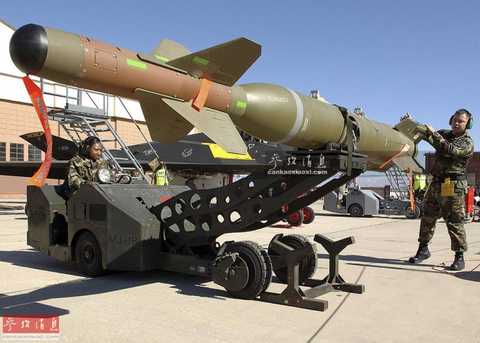
The United States is also a big profit. In November 2015, the United States approved an agreement to supply weapons to Saudi Arabia, with a total contract value of 1.29 billion US dollars, including more than 5,000 laser-guided bombs, 1,500 BLU-109 bunker busters and 12,000 Other types of bombs.
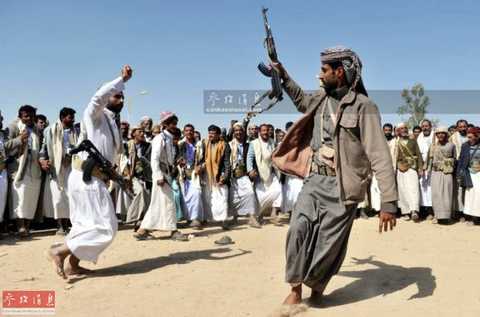
As is known to all, the Houthi armed forces overthrew the Yemeni government supported by Saudi Arabia in 2014. Saudi Arabia and its allies accused Hussein of being an Iranian agent and, starting in March 2015, formed a military strike against the Houthi armed forces by the Arab coalition forces. According to the Office of the United Nations High Commissioner for Human Rights, more than 2,800 innocent civilians have lost their lives since the outbreak of the Yemen war, most of which were caused by air strikes by the Saudi coalition forces, which used most of the fighters and bombs from the United States and the United States. Anglo-American also admitted that it is providing intelligence and logistical support for the air strikes of the Saudi coalition forces.
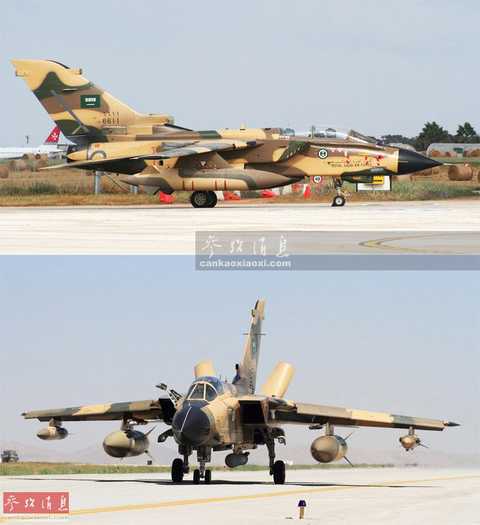
As the British arms sales to Saudi Arabia surged, British Prime Minister David Cameron faced increasing accusations. Some accused him of dragging Britain into a chaotic Middle East conflict. The opposition party has recently been in the parliament with the card. Melun has a heated debate on this issue. Angus Robertson of the Scottish National Party criticized Cameron: "There have been thousands of innocent civilians killed in Yemen, many of which were caused by Saudi air strikes, while Saudi planes were purchased from the United Kingdom and pilots were trained in the United Kingdom. The bombs are also from the UK. Isn’t the Prime Minister’s adult should now admit that Britain is a conspiracy to cause the deaths of thousands of innocent civilians?†Cameron responded: “The legitimate government supporting Yemen is in the interest of the United Kingdom, and we are global weapons proliferation control. One of the most rigorous countries."

Looking at the Middle East today, the cruel "Jungle Law" is still prevalent. The poor and weak small countries are also the "Arena" and "weapon test sites" of the surrounding countries and even the extraterrestrial countries. Unfortunately, it is worthy of sympathy, and Saudi Arabia, which launched this war, is actually a victim. Saudi Arabia used to import weapons of 2.79 billion US dollars, according to the current low oil price (about 33 US dollars per barrel), must sell up to 84 million barrels of high-quality crude oil (Saudi at least 10 days to produce) to earn. At the current international gold price (about $1,120 per ounce), you can change at least 70 tons of gold!
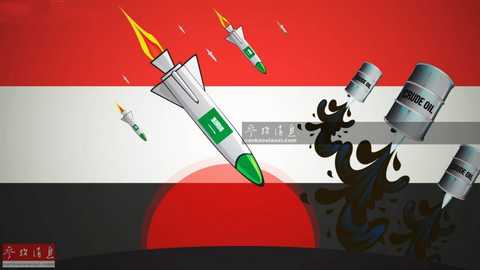
As high-value-added high-tech products, Western bombs and missiles can be manufactured almost indefinitely (the steels produced in Britain and the United States for one year, if they are all used to make bombs, they are afraid that Saudi Arabia can’t afford them), but Saudi Arabia must use them. Renewed precious oil is exchanged for expensive weapons that can only be used once.
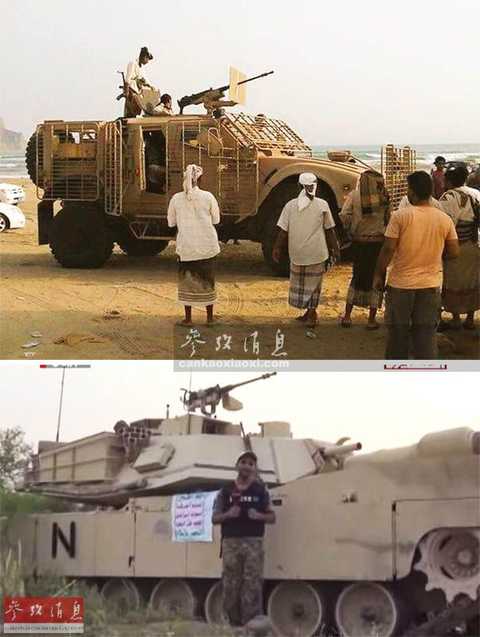
Judging from the current development of Yemen's war situation, Saudi Arabia has already fallen into a quagmire, and it is a dilemma - and then it will be necessary to spend more real money to buy "foreign iron"; but if it wins, it will lose face, and then call the younger brothers in the future. It is not good to form a coalition. So in the end, the result of this "golden bombing" drama, I am afraid that only Yemen and Saudi Arabia will lose both sides, and the external players earned a lot of money. Old investors know that there is a term called “timely stop lossâ€, which means that after the investment is miscalculated, it is quickly removed from the warehouse to minimize the loss (the picture shows the Saudi coalition tanks and armored vehicles seized by Houthi). However, as simple as this, the number one rich country in the Middle East is not well understood and unclear.
(2016-02-01 08:07:37)
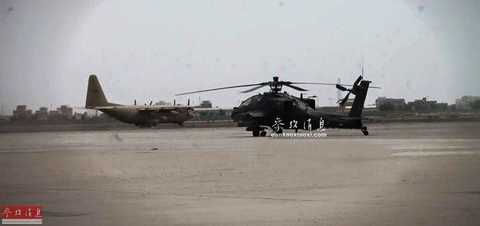
The ground-to-ground missile attack also destroyed two "Patriot" missile systems, three "Apache" helicopters and more than 50 military vehicles. In addition, two Saudi naval vessels were allegedly attacked by shore-based rockets. The picture shows Saudi Arabian Apache helicopters and transport planes parked at the airport in Yemen.
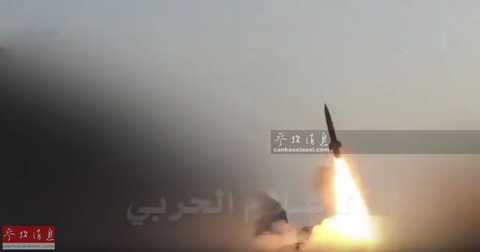
From the country's perspective, the attack resulted in the death of 23 Saudi soldiers, 9 UAE soldiers and 7 Moroccan soldiers.
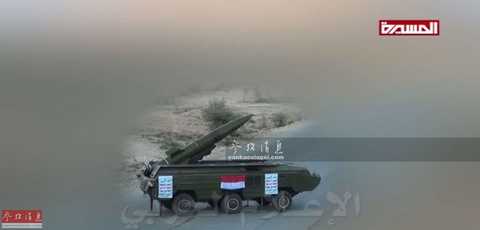
But in fact, this is not the first time that the Yemeni missile has caused heavy casualties to the Saudi coalition forces. On August 20, 2015, the army loyal to former Yemeni President Saleh fired an SS-21 to the Saudi naval base. The picture shows the Yemen SS-21 missile launch vehicle released by the Iranian media.
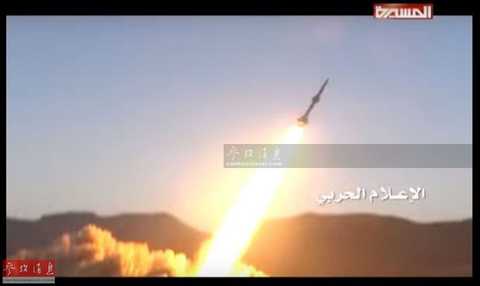
On September 4, 2015, another missile attack killed more than 100 Saudi coalition officers and pro-President Hardy's militia, including 52 UAE soldiers, 10 Saudi soldiers, and 5 Bahraini soldiers. The picture shows the Yemeni army launching a short-range ground-to-ground missile modified from the Sam-2.
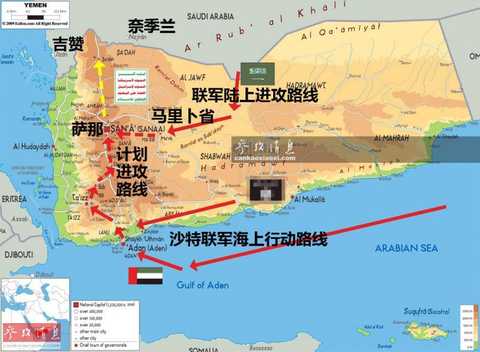
Perhaps everyone will wonder why the Saudi coalition forces with a large number of advanced Western weapons have been unable to defeat the outdated Houthi armed forces and some government forces loyal to Saleh for so long. The picture shows the map of Yemen.
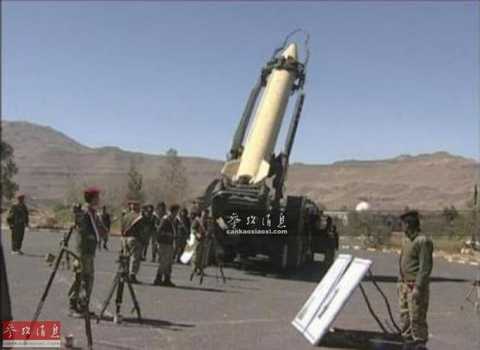
According to the British "Jane's Defense Yearbook" data, the Yemeni government army purchased 10 SS-21 tactical missile launch vehicles, 6 "Flying-legged" missile launch vehicles and 12 "Frog-7" tactical rocket launchers from the Soviet Union in the early years. The picture shows the Yemeni Army's Scud missile.
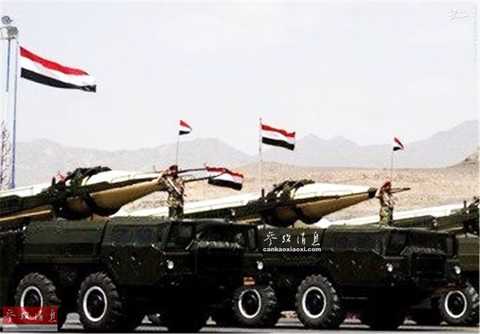
Although these missiles and tactical rockets are not very advanced, they can still be used to their opponents if they are used properly.
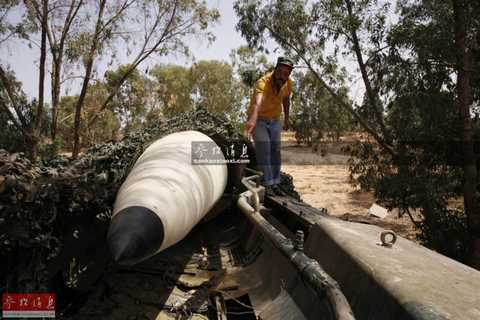
More importantly, the continued air strikes of the Saudi coalition forces did not completely destroy these missiles. Some of the missiles also fell into the hands of Houthi.
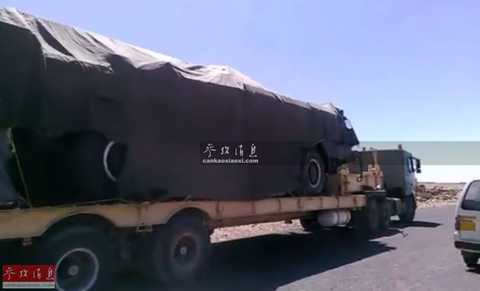
Through clever disguise and meticulous concealment, the missiles of Houthi and their allies still pose a huge threat to the Saudi coalition. The picture shows a Yemen missile launcher that is hidden on a heavy-duty flatbed truck.
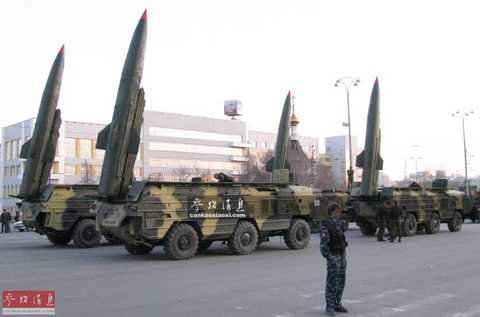
So, what is the sacred SS-21 that has caused heavy casualties to the Saudi coalition forces? It is reported that SS-21 is a single-stage solid tactical short-range ballistic missile that the Soviet Union equipped with troops in the late 1980s. It was launched by road maneuver. It has a payload of 482 kg, a length of 6.4 m, a diameter of 0.65 m, a launch weight of 2010 kg and a range of 120 km.
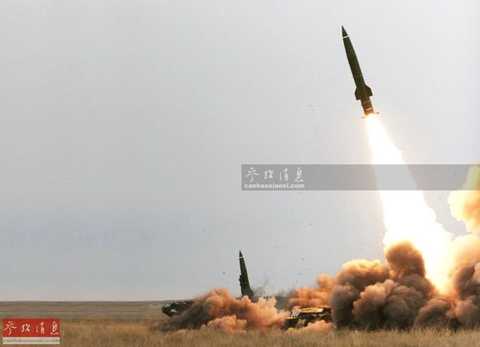
The SS-21 uses inertial guidance and is equipped with a global positioning system, radar or optical terminal tracking system. The round probability error is 95 meters. It should be said that the head is OK.
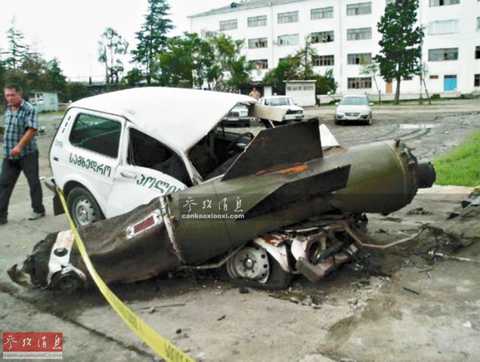
The missile can be used in both ballistic and cruising modes. The former can extend the range and increase the speed, and the cruise transmission method is more concealed and accurate.
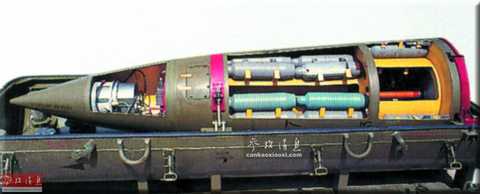
The picture shows the SS-21 warhead profile model.
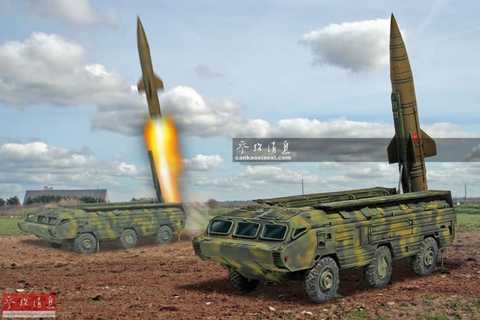
The SS-21 missile amphibious vehicle has a speed of 60 kilometers per hour and a water speed of 8 kilometers per hour. It carries 3 people and can complete the shooting preparation within 16 minutes, complete the launch within 2 minutes, and complete 2 launches within 20 minutes. Overall, the SS-21 is a high-performance tactical missile.
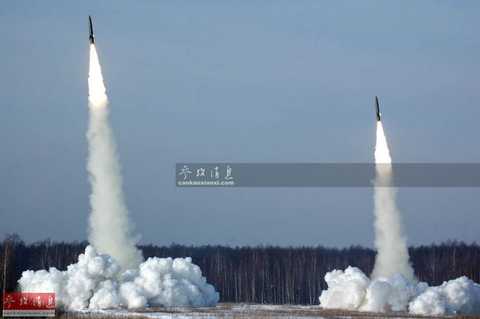
It should be noted that although the Houthi armed forces and their allies continue to use missiles to cause casualties to the Saudi coalition forces, in the case of basic foreign aid severance, the tactical missiles in their hands must be one shot less. Whether there will be similar war cases in the future, we may wish to wait and see.
(2015-12-15 11:32:24)
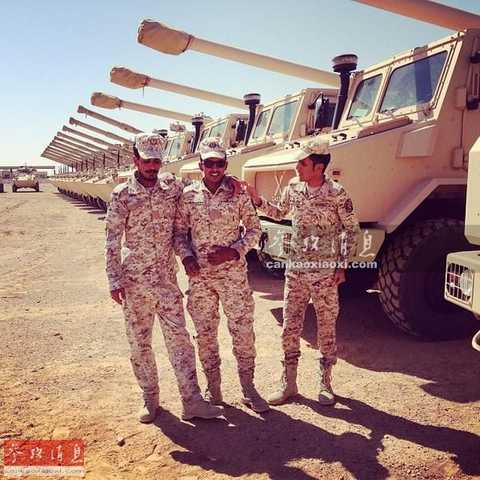
The picture shows the Saudi National Guard soldiers posing with heavy equipment. It can be seen that the trucks and wheeled artillery that are neatly parked are much better than the Saudi Army.
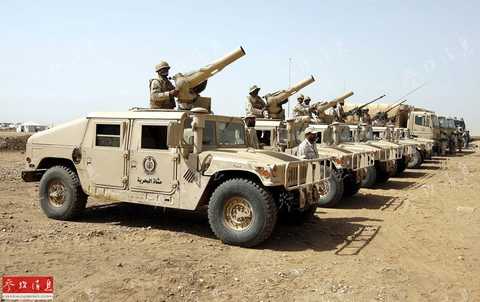
The picture shows the Hummer team equipped with the Saudi National Guard, all equipped with ceramic anti-tank missiles.
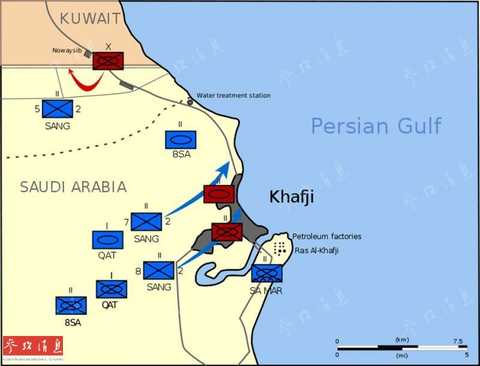
So what is the actual performance of the SANG, which is known as the Saudi Army's elite SANG? Let's take a look at a famous battle during the 1991 Gulf War, the Battle of Al Khafji.

At that time, SANG participated in the battle of Al Khafji as the main force. The picture shows the armored car burning at the entrance to the town of Al Khafji at the end of the battle.
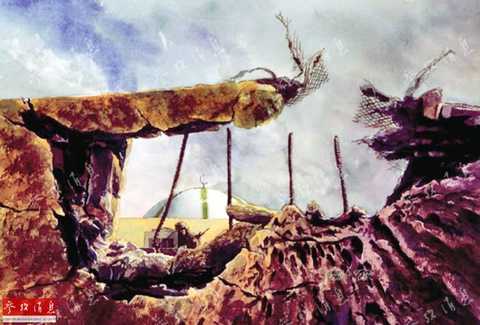
In this campaign, the Iraqi army launched three armored battalion impacts on Al Khafji, and the first two were repelled by the US Marine Corps. The picture depicts a painting of the US Marine Corps 3 Battalion in the city of Al Khafji searching for Iraqi stragglers.
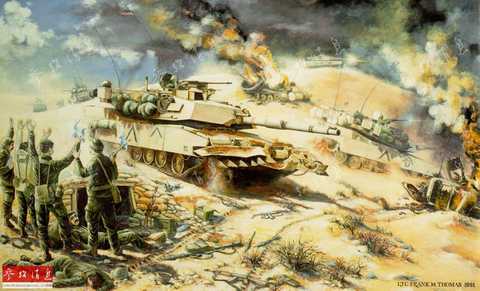
In the third attack, the Iraqi army broke through the Saudi military defense line and drove the latter out of Al Khafji. Later, under the cover and support of the US military's indiscriminate bombing, Saudi Arabia concentrated 2 times its strength to break through the Iraqi fire blockade and rushed into Al Khafji. The Iraqi army, whose morale collapsed and squandered its food, immediately dropped its weapons and fled into the desert. The picture depicts the paintings of the desperate Iraqi army surrendering to the US armored forces during the Operation Desert Storm.

SANG killed and injured about 100 people in this small-scale battle, and killed 60 to 300 people in Iraq (because many of the escaping Iraqi troops were killed in the desert, it is difficult to accurately count), about 400 people were captured and 90 vehicles were captured. Tanks and armored vehicles were destroyed. However, most of this is the result of the US air strikes. That is to say, the well-equipped and "trained" SANG is only in a ground battle with the Iraqis who have been ravaged by the US air strikes to the brink of collapse. The lesson that Saudi Arabia learned from it was to throw all the bad French weapons and replace them with new American equipment. The picture shows the Iraqi armored personnel carrier that was destroyed in the battle of Al Khafji.
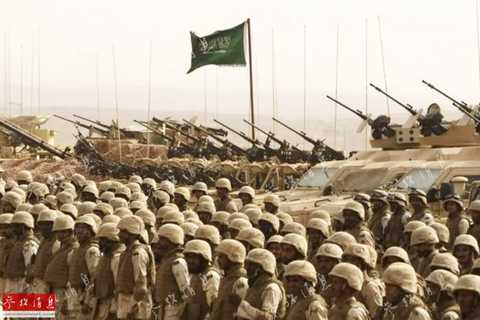
(2016-04-08 10:10:00)
(Editor: Song Changling HN008)
We are the specialist in Teflon coated seamless conveyer belt and Teflon coated mesh drying conveyor belt. Our conveyer belts are specially designed to meet the challenging working situation that require extremes of temperature,non-stick surface,high anti-tensile strength and permeability for rapid moisture removal. Our PTFE seamless conveyor belt supply unbelievably smooth surface without any joint,so can guarantee long service life,high stability. And our range of belt can be supplied in various thickness from 0.35mm to 1.5mm and width from 10mm to 4500mm,the perimeter of seamless conveyor belts from 1360mm to 6700mm. So our products are used widely in dyeing,printing,foodstuff,textile, pharmaceutical industry,etc.

|

|

|
Taking the advantages of the non stick and heat resistance of PTFE,
with the strength and dimensional stability of fiberglass,our PTFE belt can meet demands from various industrial converyor applications.
We can supply various thickness from 0.08mm to 2.00mm,and width from
10mm to 4.2m.
The General Characteristics is:
*Resistance to temperatures ranging between -55 and +260°C;
Excellent resistance to aggressive chemicals;
Superior non-stick surface, easy to clean;
Dimensional Stability under heat & pressure;
Non-toxic,odorless and tasteless;
Food Approval
Superior tracking
PTFE Conveyor Belt, PTFE Mesh Belts, PTFE Open Mesh Conveyor Belt, PTFE Coated Seamless Conveyor Belt, PTFE Non-stick Food Conveyor Belt
NINGBO TIANSHUO (SUPERBRIGHT) TECHNOLOGY CO. LTD. , https://www.ptfe-supplier.com
![<?echo $_SERVER['SERVER_NAME'];?>](/template/twentyseventeen/skin/images/header.jpg)